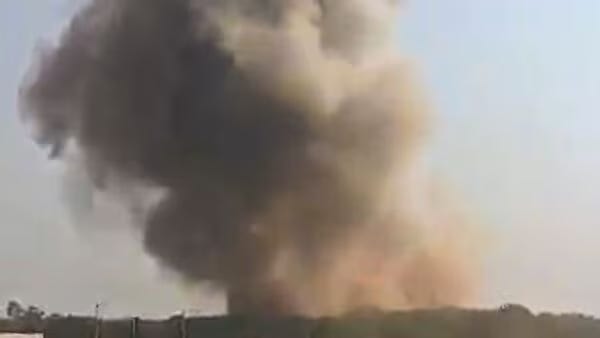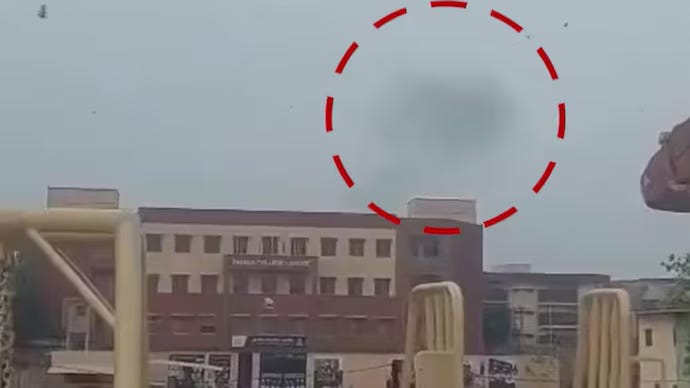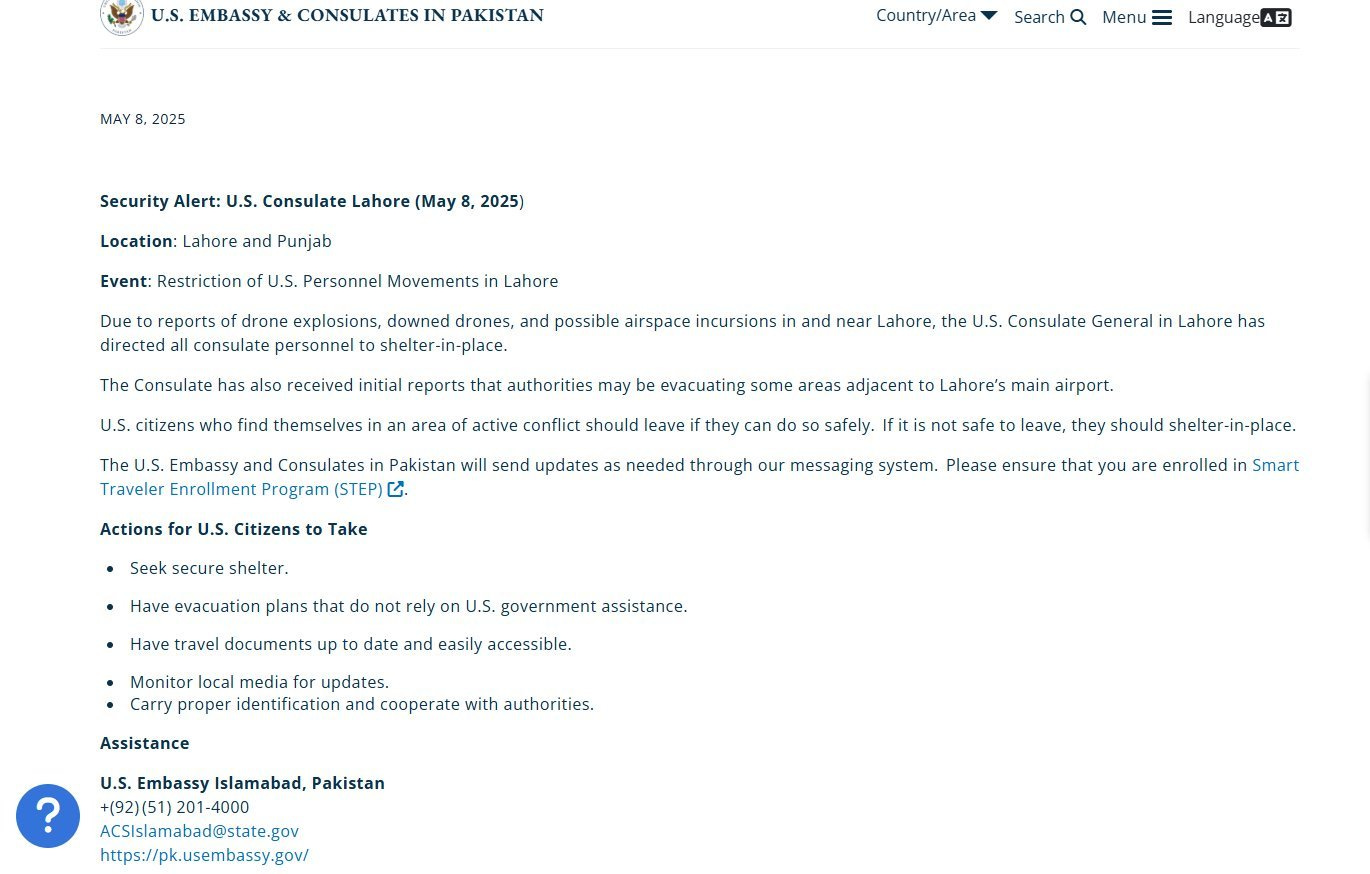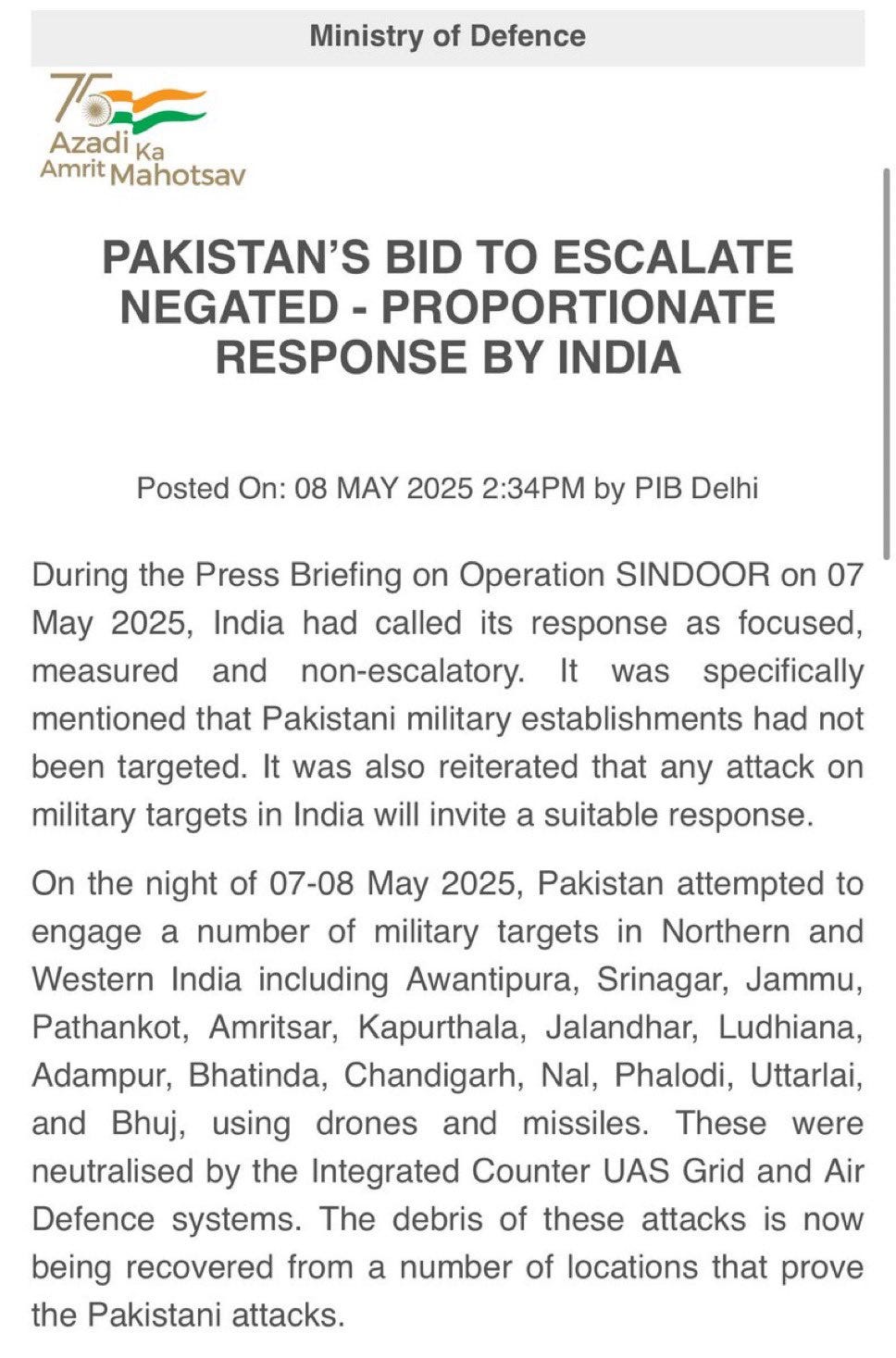Pakistan Gets More Than a Rap on Its Knuckles—A Bloody Nose Instead
India’s Measured Might Foils Midnight Pak's Clumsy Drone Attacks, Blinds Lahore’s Air-Defence, and Dismantles JeM’s Bahawalpur Nerve-Centre
Pakistan Gets a Bloody Nose, Lahore Radar Network Crippled
Evening Tea Edition
New Delhi/ Chandigarh/ Amritsar, 8 May 2025 – Pakistan gambled on escalation and lost—spectacularly. In the span of twenty-four hours, Islamabad’s nocturnal drone adventure was shredded in Indian skies, its premier air-defence radar outside Lahore lay smouldering by sunrise, and the Jaish-e-Mohammed command hub in Bahawalpur was reduced to rubble. India’s conduct remained true to the creed spelt out in yesterday’s Press Information Bureau briefing: focused, proportionate, and non-escalatory—yet unmistakably decisive.
Midnight Misadventure, Daylight Debacle
Just past midnight on 7–8 May, Pakistan hurled swarms of drones and missiles at fifteen Indian bases—Awantipura, Srinagar, Jammu, Pathankot, Amritsar, Kapurthala, Jalandhar, Ludhiana, Adampur, Bathinda, Chandigarh, Nal, Phalodi, Uttarlai and Bhuj. The targets sat perilously close to densely populated towns; clearly, collateral damage was no concern in Rawalpindi’s war-room.
India’s Integrated Counter-UAS Grid and multi-layered air-defence architecture answered in microseconds. Radars painted every inbound, EW suites jammed their links, and interceptor missiles punched the intruders out of the sky. The result was clinical: zero Indian casualties, zero structural damage, and fields littered only with Pakistani debris.
Islamabad’s spokesmen crowed of “punishing India,” yet their “victories” existed solely in doctored clips and recycled stock footage. On the ground, Indian engineers calmly logged each wreckage fragment as proof of aggression.
Amritsar Skies Erupt as India’s Air Defence Springs to Life
On the night of 7–8 May 2025, residents of Amritsar witnessed what many first believed to be an air raid. A series of thunderous sonic booms, fiery streaks, and six deafening explosions lit up the skyline, rattling windows and igniting panic across neighbourhoods. Eyewitnesses described “missile-like objects” trailing bright flashes, ascending rapidly before disintegrating into fireballs overhead. CCTV footage later confirmed what the defence grid already knew—India’s Akash Surface-to-Air Missiles (SAMs) had engaged and destroyed multiple aerial threats in real time.
Precautionary blackouts were swiftly enforced, and by morning, the picture was clear: Pakistan’s drone and missile attack had been fully neutralised, thanks to India’s Integrated Counter-UAS Grid, reinforced by Russian-origin S-400 Triumf systems. Debris from intercepted Pakistani projectiles was recovered from villages like Dudhala and Jethuwal, confirming the attempted breach. With the S-400’s 600 km detection range and Akash’s rapid response, India’s multi-layered shield transformed Amritsar’s night sky into an impenetrable barrier. No casualties. No damage. Only proof that reckless aggression had met resolute readiness.
Dawn of Retribution: Lahore Blinded
At first light, India replied—in the same domain, at the same intensity, exactly as the PIB spokesman had warned. Precision strike packages slipped across the Radcliffe Line and executed a single-digit-minute suppression raid on Pakistani air-defence radars guarding Lahore. The crown-jewel installation that once scanned Indian skies has been reduced to twisted metal and molten circuits; Pakistan’s northern shield now bears a crater large enough to spot on low-resolution satellite feeds.
The strike was calibrated to military objectives alone—no civilian power station, no residential block, not even the nearby cantonment was touched. Yet its strategic resonance boomed across South Asia: endanger Indian lives and the instruments of that danger will be the first to fall.
Bahawalpur: JeM’s Heart Torn Out
Farther south, Operation Sindoor had earlier struck at the very sinews of Pakistan’s proxy war. Intelligence pinpointed the Bahawalpur headquarters of Jaish-e-Mohammed—long disguised as a “religious seminary” but in truth an operations centre bristling with secure comms bunkers and munitions bays came out in the open in the aftermath India’s surgical strike more than 100 km inside the international border in Pkaistan’s southern Punjab.
A single salvo of standoff glide weapons penetrated the compound, collapsing its subterranean command cell and igniting secondary explosions that raged for hours. Ten close relatives of JeM chief Azhar Mehmood—all embedded in planning and logistics—were eliminated alongside the organisation’s encrypted servers, armouries, and training bays. The edifice masquerading as a family residence now lies flat, its charade as shattered as its concrete walls.
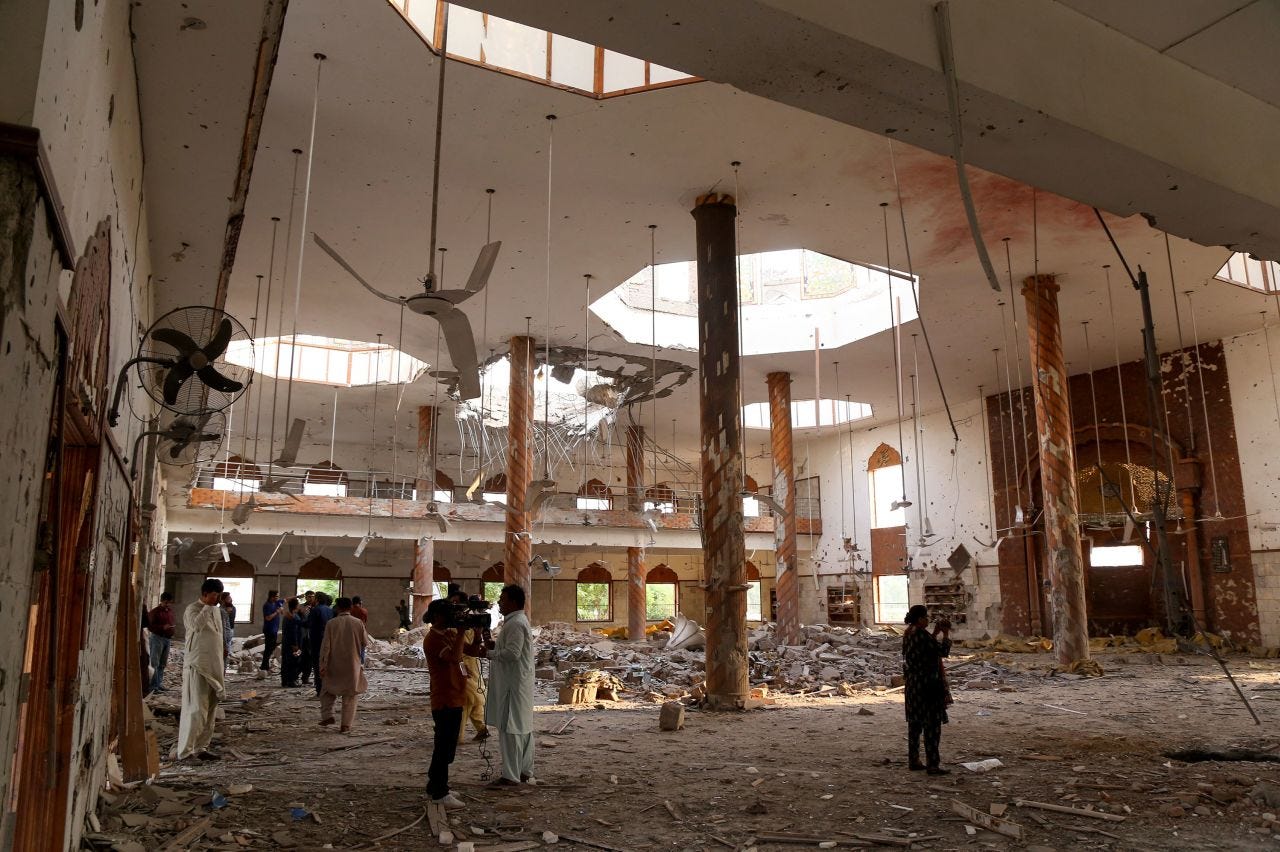
Doctrine on Display: Restraint with Razor-Edge
Yesterday’s PIB note had laid down India’s rules of engagement with crystalline clarity:
Terror infrastructure will be excised—swiftly and surgically.
Attacks on Indian military sites will invite a response “in the same domain, with the same intensity.”
Civilian population centres remain off limits—unless Pakistan drags them into the line of fire.
Overnight events proved those lines are etched in steel. India destroyed only what was directly linked to aggression: the eyes that guided hostile drones and the hands that plotted mass-casualty strikes. Pakistan’s civilian neighbourhoods slept undisturbed; its military credibility, however, did not.
Whimpers from Islamabad, Granite from New Delhi
In Islamabad’s press cave, claims of downed Rafales and repelled “Indian invasions” piled up like bad scripts; none survived contact with open-source imagery or neutral correspondents. Meanwhile, New Delhi spoke sparingly. A terse MoD communique confirmed the Lahore radar neutralisation, reiterated India’s right to respond within the limits of proportionality, and closed with a line that resonated more loudly than any threat: “Further adventurism will be met with consequences of Pakistan’s own choosing.”
The Road Ahead
Pakistan now confronts an unpalatable ledger:
Operational losses – A blinded Lahore air grid, a vaporised JeM command post, and truckloads of drone wreckage.
Diplomatic losses – Allies and neutral capitals alike see who struck civilians and who struck radars.
Credibility losses – Fantasies of “downed Rafales” dissolve under every satellite pass.
India, by contrast, walks away with intact defences, overwhelming public support, and the strategic initiative firmly in hand. If Islamabad seeks further escalation, the precedent is set: New Delhi will match domain for domain, blow for blow—and will do so with the cool professionalism that has now given Pakistan its bleeding nose.
Pakistan may lament; India will safeguard.
Jai Hind.
By Karan Bir Singh Sidhu, IAS (retd.) (Punjab Cadre, 1984 batch), policy analyst and geo‑strategic expert, retired Special Chief Secretary, Government of Punjab, and former Deputy Commissioner Amritsar (1992–96), Additional Deputy Commissioner Amritsar (1990–92), District Magistrate, Police District Batala (1989) – a frontline administrator who battled Pakistan‑abetted proxy war.




